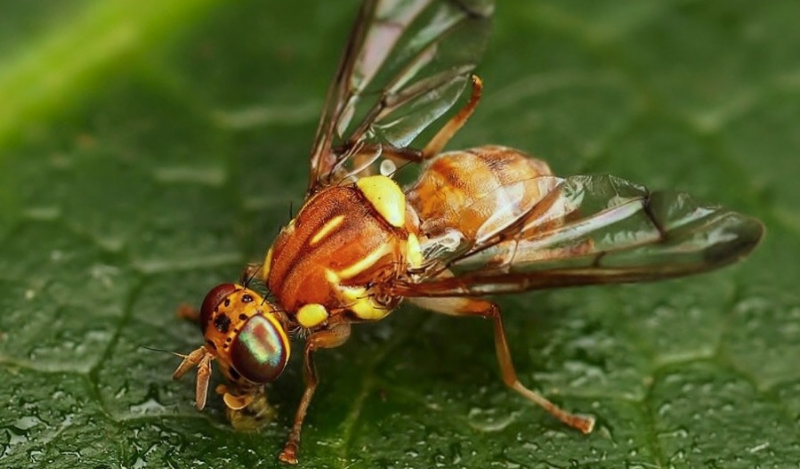



Article by: Hari Yellina
After Qld fruit fly maggots were discovered in the area this week, limits on the movement of fruit and vegetables near Loxton are currently in place, with limitations throughout the Riverland in effect until at least mid-November. The latest red zone in the Riverland is now one of four, with workers from the Department of Primary Industries and Regions on the ground this week examining houses in the new 1.5km outbreak area. Residents residing in the red epidemic area, according to Fruit Fly Response general manager Nick Secomb, should do the right thing. “Our crews in orange overalls are contacting households with information about what to do now that they’ve entered a red outbreak area, and we’ll be spreading organic bait to suitable foliage in properties on a regular basis,” says the spokesperson.
“I urge everyone in the region to keep their gardens and properties tidy – gather fallen fruit and don’t let fruit decay on the ground,” Mr Secomb said. “If you live in the Loxton red outbreak region, collect your fallen garden fruit in a sealable bag and ring the Fruit Fly Hotline to arrange collection – 1300 666 010 – don’t compost or put in a bin.” “These efforts are critical in protecting South Australia’s $1.3 billion horticulture industry and the tens of thousands of jobs it supports from fruit fly.” The Family and Business Support programme provides assistance and counselling to primary producers. Restrictions in Loxton will remain in effect until November 22, while those in Pike River, Pike River West, and Renmark West will be lifted on November 17, assuming no more breakouts.
There are two main species of fruit flies within Australia: Queensland fruit fly (Bactrocera tryoni) is its scientific name) occurs in the Northern Territory, Queensland, New South Wales and Victoria and is an Australian native species; and Mediterranean fruit fly (Ceratitis capitata) occurs only in Western Australia, mostly in the south-western parts.
Horticultural production in Australia is worth more than $9 billion and employs more than 60,000 people. Fruit flies, on the other hand, attack a substantial amount of that production. As a result, commercial growers all over Australia spend hundreds of millions of dollars on various control methods while also losing production.
Fruit fly maggots can be detected in a substantial percentage of a harvested crop, or even every harvested fruit, in severe circumstances. The produce is considered useless in this circumstance. While it may be possible to clip away tiny parts of infected fruit in a household environment, this is not possible on a commercial scale.
Many crops that are deemed hosts are only vulnerable in specific situations, and commercial producers take great care to ensure that the fruit they produce and sell is clear of contamination. However, even the possibility that fruit may contain these harmful bugs causes many markets to demand costly treatments before allowing fruit into their state or country. These treatments can account for a significant portion of the cost of providing domestic and foreign markets with fruits and vegetables.